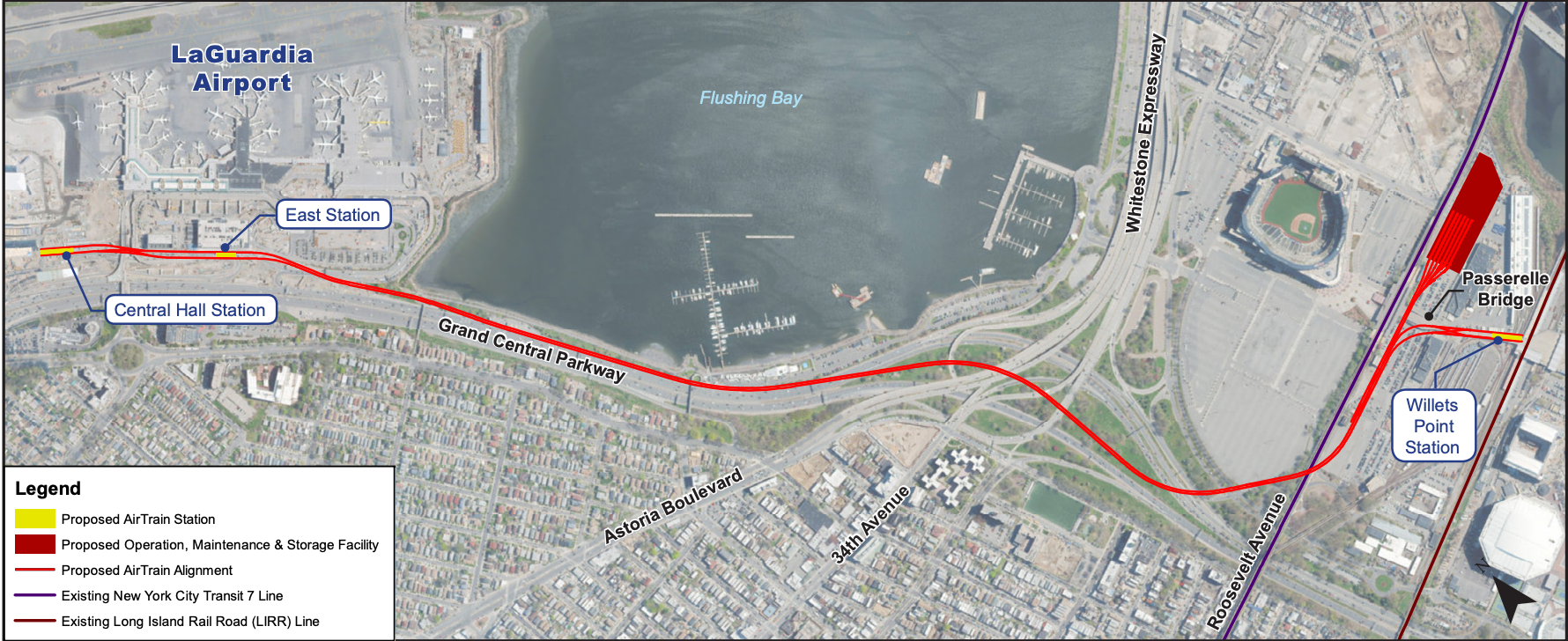
Sections follow that describe particular settings in more depth. These will be stored in the graph itself, and affect any server that subsequently loads that graph. This table lists all the JSON properties that can be defined in a build-config.json file. Java class for an enumeration of all available features and their default settings. Usage, but for consistency all such "feature flags", even those that would affect graph building,Īre managed in this one file. So for most OTP2 use cases it is not necessary to create this file.įeatures that can be toggled in this file are generally only affect the routing phase of OTP2 By default, all supported APIs are enabled and all Using the file otp-config.json you can enable or disable different APIs and experimental
LONG ISLAND RAIL ROAD TRIP PLANNER PLUS
For example to calculate a limit in seconds to be 1 hour plus 2 times the value(x) use: 3600 + 2.0 x, to set an absolute value(3000) use: 3000 + 0x "gs://bucket/path/a.obj" "" `"file:///Users/x/local/file"Ī linear function with one input parameter(x) used to calculate a value. xml as file extension.Īn URI path to a resource like a file or a URL. Nested objects )-.*\.xml^" matches a filename with 3 alpha-numeric characters in the beginning of the filename and. In the JSON configuration files to be more human-friendly. OTP allows comments and unquoted field names The OTP configuration files use the JSON file format. Finally, otp-config.json contains simple switches that enable or disable system-wide features. These run-time configuration options are found in router-config.json. Other details of OTP operation can be modified without rebuilding the graph. These are specified in build-config.json. Options and parameters that are taken into account during the graph building process will be "baked into" the graph, and cannot be changed later in a running server. Each configuration file corresponds to options that are relevant at a particular phase of OTP usage. We try to provide sensible defaults for every option, so all three of these files are optional, as are all the options within each file. OTP is configured via three configuration JSON files which are read from the directory specified on its command line. See the storage section for further details. Scanning is overridden independently for each file type, and can point to remote cloud storage with arbitrary URIs. It is also possible to provide a list of input files in the configuration, which will override this default behavior of scanning the base directory for input files.
LONG ISLAND RAIL ROAD TRIP PLANNER ZIP
zip and contain the letters gtfs, and OSM files must end in. Note that file types are detected through a case-insensitive combination of file extension and words within the file name. For convenience, especially if you work with only one graph at a time, you may want to place your OTP2 JAR file in this same directory. Each one should contain one or more GTFS feeds, a PBF OpenStreetMap file, some JSON configuration files, and any output files such as graph.obj. You could have more than one of these directories if you are building separate graphs for separate regions. By default OTP will also scan this directory for input files to build a graph (GTFS, OSM, elevation, and base street graphs) or the graph.obj file to load when starting a server.Ī typical OTP2 directory for a New York City graph might include the following: otp-config.json This tells OTP2 where to look for any configuration files. On the OTP2 command line you must always specify a single directory after all the switches.

OTP2 Migration Guide to learn what has changed. Long Island is a year-round destination with easy access to New York City and diverse attractions from the famed beaches of the Hamptons, Fire Island and Jones Beach, to historic Gold Coast Mansions, award-winning vineyards, eclectic dining, boutique shopping and charming downtowns.Note: if you are familiar with OTP1 configuration and are migrating to OTP2, please read the


 0 kommentar(er)
0 kommentar(er)
